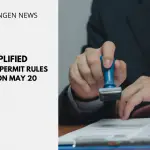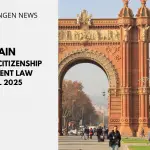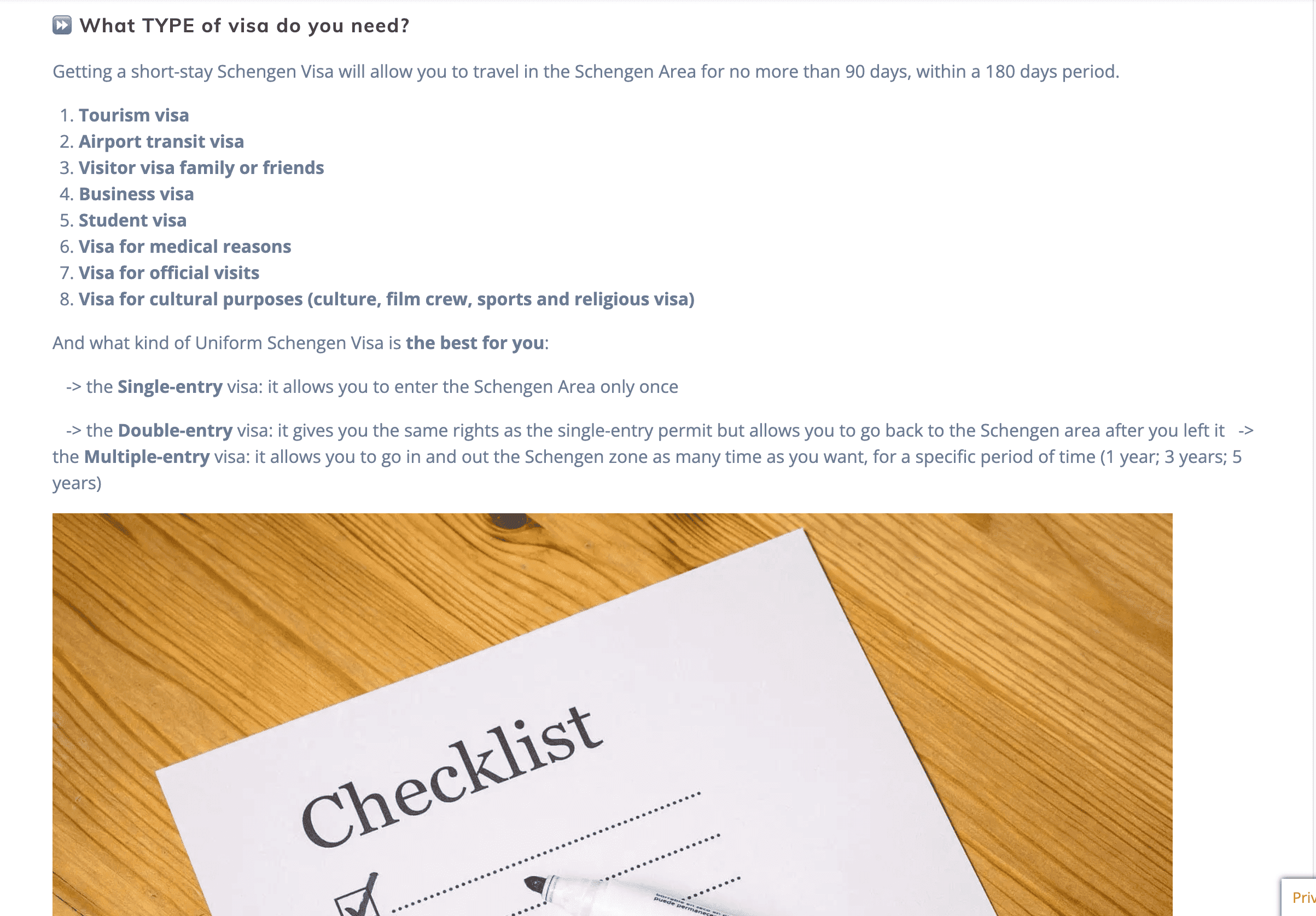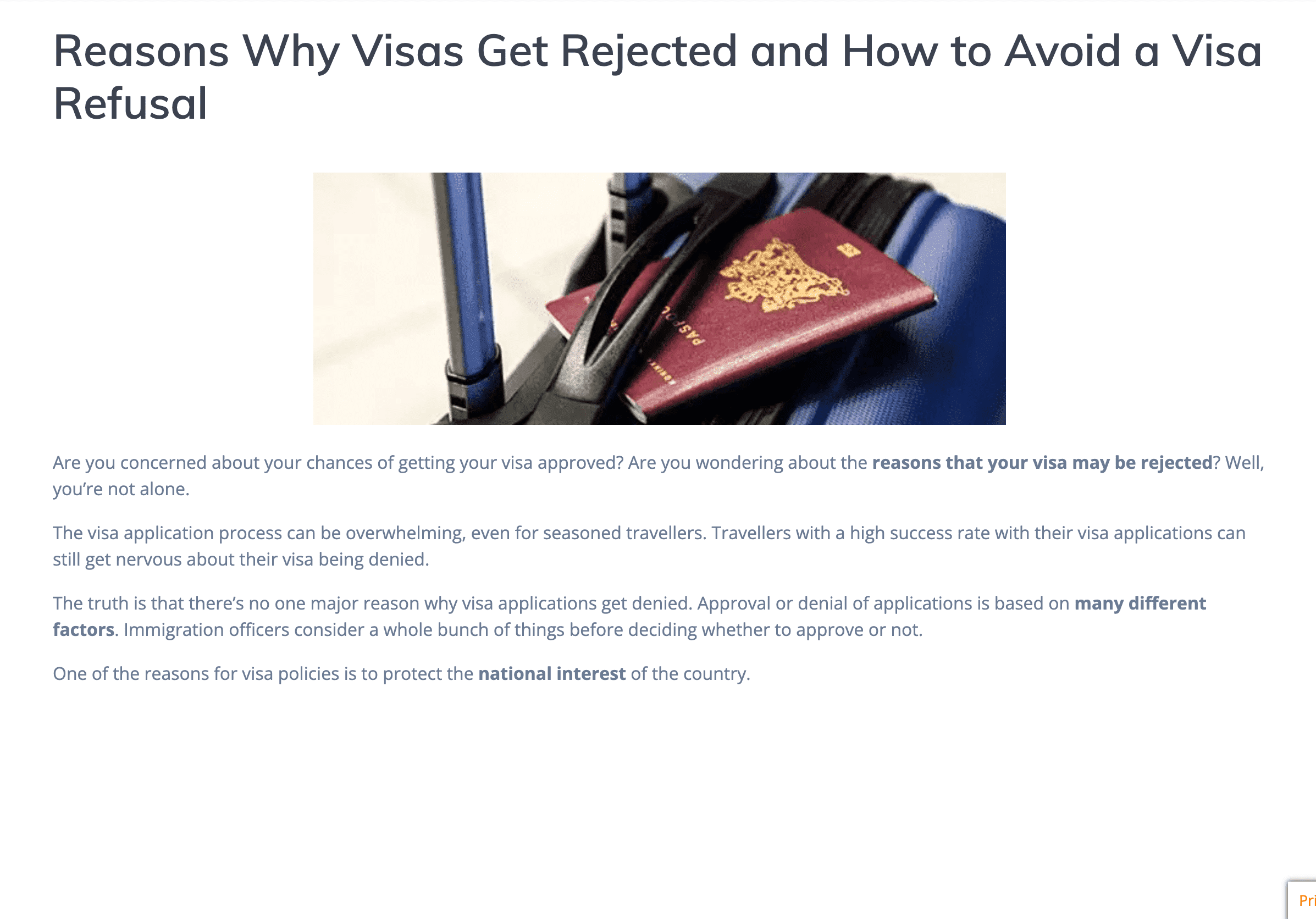CASE STUDY: EEA Derivative rights

An individual who does not qualify for a right of residence under the Free Movement Directive 2004/38/EC may qualify for another right of residence under the European Union law, termed EEA Derivative rights.
In 2012, the Immigration (European Economic Area) Regulations 2006 established the right of entry and residence for primary carers of self-sufficient EEA national children, children of EEA national workers or former workers where the child is in education in the UK, primary carers of children of EEA national workers or former workers where that that child is in education in the UK, and dependent children under the age of 18 of those primary carers.
This right does not stem directly from the 2004 Directive but derives from it. Hence the term derivative right of residence or EEA Derivative rights. One of the basis of this EEA derivative rights was the case of Zambrano (C34/09 [2011] ECR 10000) which established that Article 20 TFEU (which established EU citizenship and free movement right) is to be interpreted as meaning that countries in the European Union could not refuse a non-EEA migrant right of residence and right to work so long as a European Union citizen is dependent to them and refusal of such rights will stop the EU citizens from enjoying their rights as a EU citizen.
This was then translated into English law by virtue of Regulation 15A Immigration (European Economic Area) Regulations 2006 which sets out the conditions a person must satisfy in order to qualify for EEA Derivative rights of residence.
In essence, one of the applications of such a rule was that if a British citizen child whose primary carer (parent) is a non-EEA national and there is no other parent, guardian or carer on whom the child is dependent or who could care for the child if the primary carer left the UK, the carer will have a right of residence.
Legal residence in the UK is not a requirement of this application. Anyone residing in the UK is able to make an application to obtain derivative residence card provided all the necessary documentary evidences can be shown to establish genuine relationship.
In reality, this can be applied to the following case:
One of our UK Immigration Clients, (Client A), is a non-EEA migrant who entered the UK on a Tier 4 student visa. Whilst studying, she formed a relationship with a British Citizen and had a child together, B. Unfortunately, their relationship broke down. The child, now 4 years old, is in the sole custody of A.
As B was registered as a British citizen and is in the sole custody of A, Client A could rely on the provisions of Regulation 15A and Zambrano as one of her options to extend her leave here in the UK.
A will need to prove that:
- she is B’s primary carer; ie no one else could care for B, and
- B is fully dependent on A to the point that, if A were forced to leave the EEA, B will have no option but to follow her.
By providing documents establishing their relationship and B’s dependence to her as above, A can be given the right to reside here in the UK under EU law to care for her British child.
The application has been submitted to UK Immigration & Visas and we are awaiting a another successful result.
If you or another person that is in a similar situation, book a free immigration consultation with one of our qualified, authorised immigration lawyers to see if you qualify for EEA Derivative rights.
- The Conservative’s New UK Immigration Plan – What You Need to Know - 7 February 2025
- How to apply for an adult dependant relative visa to come to the UK - 22 March 2023
- India Has Strike Deals To Get Working Holiday Visas For Young Indian - 27 January 2023









